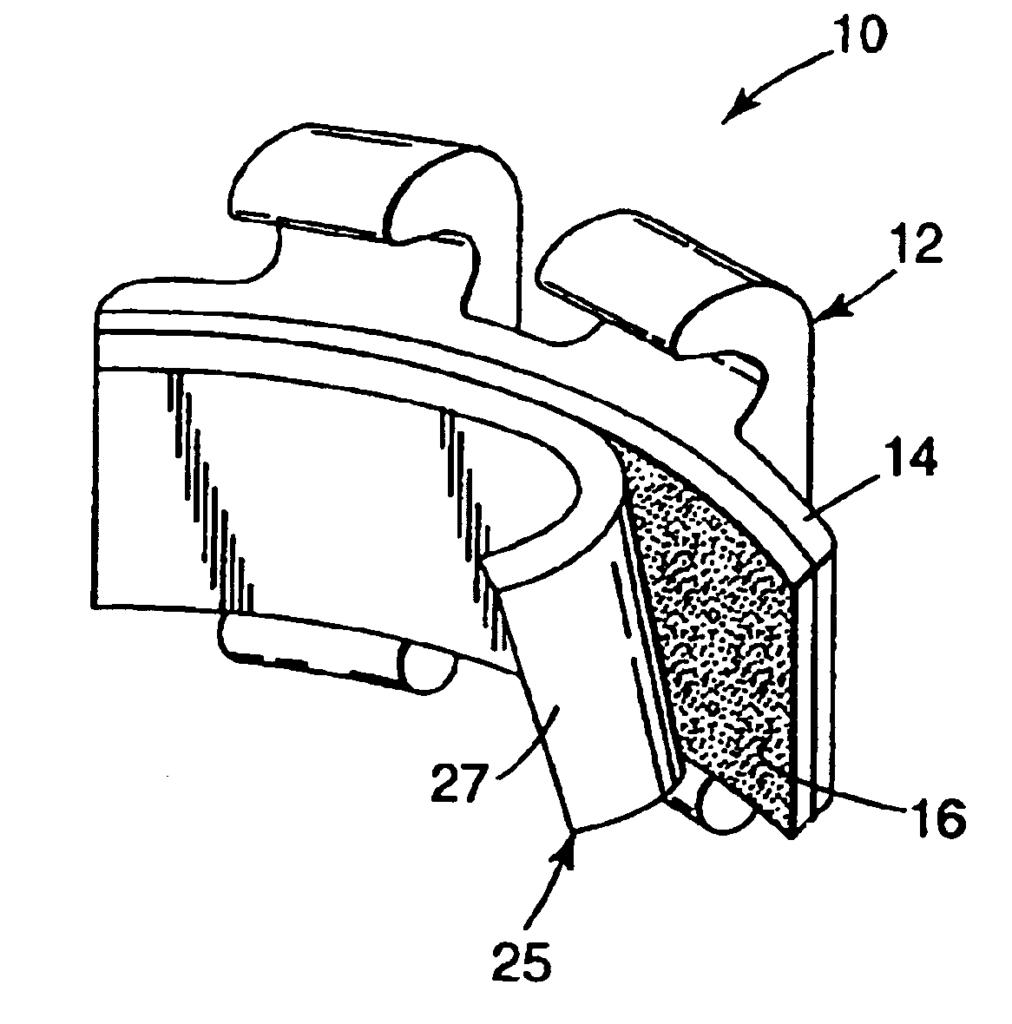Strong Adhesives for Effective Orthodontic Care
Introduction
This orthodontic adhesive technology offers a robust solution for securely attaching orthodontic appliances, such as braces and aligners, directly to teeth. Its unique composition enhances bonding strength while maintaining patient comfort, reducing the need for frequent adjustments or appliance failures during treatment. For companies in orthodontics and dental care, this technology provides a valuable opportunity to improve the quality of patient care by ensuring that orthodontic appliances remain firmly in place throughout treatment.
The Challenge: Ensuring Long-Lasting Bonding of Orthodontic Appliances
One of the key challenges in orthodontics is maintaining the bond between orthodontic appliances and the teeth throughout the duration of treatment. Poor adhesion can lead to detachment of appliances like brackets, increasing the risk of treatment delays, patient discomfort, and additional visits to the orthodontist. Furthermore, adhesives that do not provide a strong bond can result in unsatisfactory treatment outcomes. Orthodontic professionals need reliable adhesives that offer both strength and patient comfort, ensuring that appliances remain secure while promoting effective treatment progress.
Advanced Adhesive for Superior Bonding
This orthodontic adhesive is designed to meet these needs by delivering a high-strength bond between orthodontic appliances and teeth. The adhesive’s formulation allows it to adhere securely to the tooth surface, preventing detachment even under the pressures of daily wear and tear. The appliance remains stable, allowing orthodontists to focus on fine-tuning the treatment rather than managing frequent reattachments. The adhesive is also easy to apply, making it a convenient solution for both orthodontists and dental professionals. This advanced adhesive system improves the overall experience for patients by reducing the number of required adjustments and ensuring a smoother treatment process.
Key Benefits for Orthodontists and Patients
For orthodontic practices, this adhesive offers a way to enhance treatment reliability, reducing complications from loose or detached appliances. The stronger bonding properties minimize the need for frequent appointments to fix issues, saving time for both orthodontists and patients. Dental device manufacturers can benefit by integrating this adhesive into their appliances, offering a superior product that enhances both durability and performance. Patients will experience greater comfort and fewer disruptions in their treatment, leading to better outcomes and higher satisfaction.
Investing in Better Orthodontic Care
Licensing this strong orthodontic adhesive technology gives your organization an advantage in providing reliable, effective dental solutions. By ensuring that orthodontic appliances remain securely bonded, this technology supports more efficient treatments and improves patient experiences. It is a smart investment for companies looking to deliver high-performance, patient-focused solutions in orthodontics and dental care.

- Abstract
- Claims
1. A packaged article comprising:
22. A packaged article comprising:
29. A kit comprising:
31. A kit comprising:
32. A method of bonding an orthodontic appliance to a tooth comprising:
35. A method of bonding an orthodontic appliance to a tooth comprising:
36. A packaged adhesive comprising:
37. A packaged adhesive comprising:
Share
Title
Orthodontic adhesives and appliances including an adhesive on the base of the appliance
Inventor(s)
Joan V. Brennan, Sumita B. Mitra, Mark S. Schaberg, Robert D. Kuehn, Joel D. Oxman, Darrell S. James, Sharon M. Rozzi, David K. Cinader
Assignee(s)
3M Innovative Properties Co
Patent #
6960079
Patent Date
November 1, 2005
